What are Africa’s Big 5? If you’re getting ready to go on safari, that question is probably what brought you to our blog. It’s one of the most-asked questions for anyone headed to Africa on safari, but often, people have a misconception about the Big 5.
The Truth About Africa’s Big 5 on Safari
They think that the Big 5 refers to the rarest, largest, or most-loved animals. But while many of the Big 5 fall into those categories, that’s not where the original term comes from.
The Big 5 is an old hunting term for the most difficult and dangerous African animals to hunt on foot. These were the animals that caused some of the most deaths and were highly sought-after.
Now, Africa’s Big 5 animals are used frequently by safaris to highlight great encounters and incredible photo opportunities. So, can you name the Big 5?
What the Big 5 on Safari?
In no particular order, Africa’s Big 5 on safari are:
- Elephant
- Rhino
- Buffalo
- Lion
- Leopard
Now, that you know what they are, let’s get to know them a little better and give you some fascinating facts about each of Africa’s Big 5 and why we love them.
Elephants
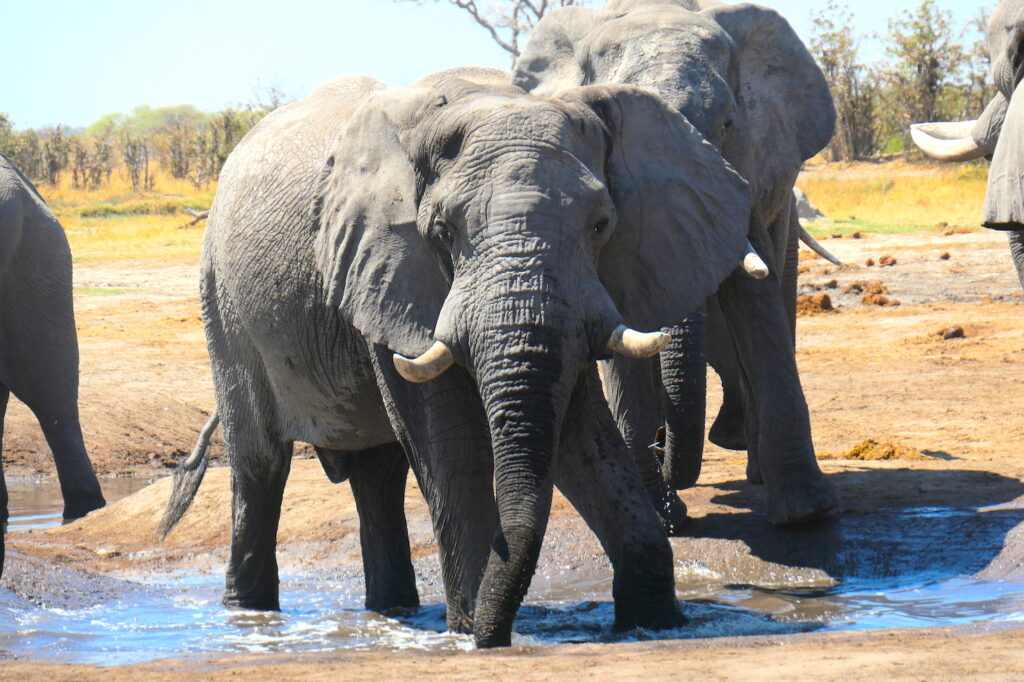
Elephants are the largest land animals in the world. They are known for their intelligence, beauty, and incredible family dynamics. There are more than 135,000 elephants in Botswana, the most of any country on the planet. So, you’re almost guaranteed to see elephants and lots of them on your Brave Africa safari.
As one of Africa’s Big 5, these gentle giants are incredibly captivating. Here are five elephant facts.
- Elephants have the longest gestation of all mammals. Females are pregnant for 22 months before giving birth, and calves weigh around 120kg!
- Have you ever seen an elephant play in the dirt and mud? That’s because elephants can get sunburnt. The mud protects their skin from the sun and keeps insects away.
- Despite how big elephants are, they can walk almost silently. They have sensitive pads under their feet that act as shock absorbers for their incredible weight.
- Elephants are incredibly social creatures that live in family groups. They follow the oldest Matriarch, who will guide the family to the best food, water, and safety areas.
- An elephant’s trunk is a specially adapted nose made for everything from bathing to smelling, drinking, breathing, and grabbing. It’s incredibly dexterous and can pick up items as small as a grain of rice.
You’ll find elephants, in Khwai, Xakanaxa, and Linyanti.
Rhinos
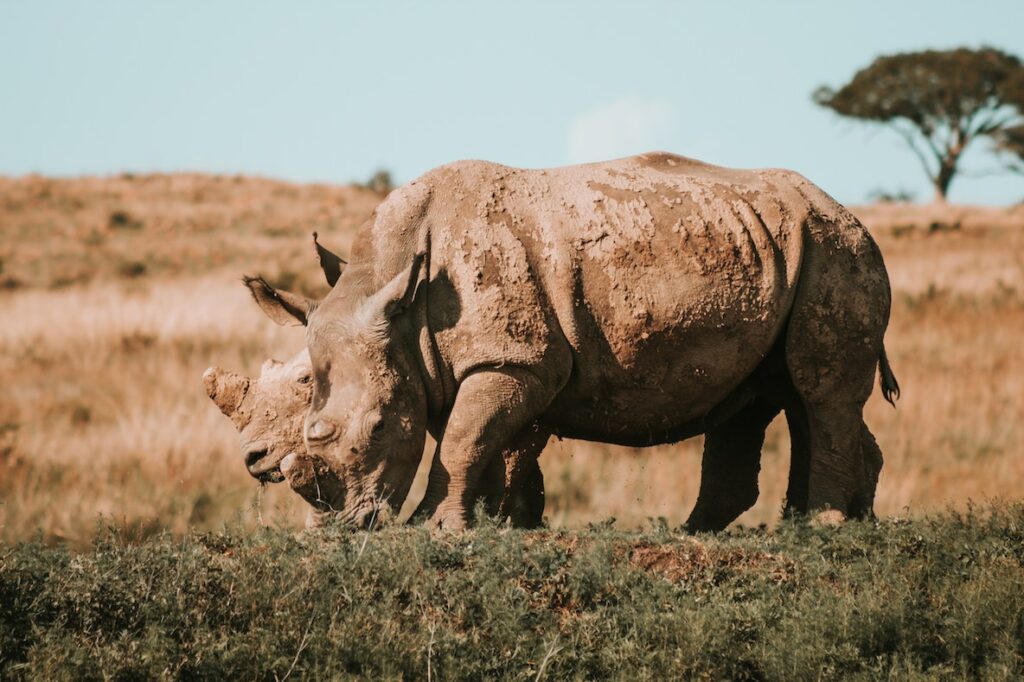
Rhinos are some of the most endangered animals on the planet. They are listed as critically endangered, and there are less than 5000 Black Rhinos left in the world. As for Northern White Rhinos, they are basically extinct. The last male died recently, and there are only two females left in Kenya. The rhinos you’re most likely to see are the Southern White Rhinos whose population is starting to bounce back.
Now, let’s dig down into these gorgeous Big 5 creatures with five Rhino facts.
- Rhinos are nocturnal. They feed at night and rest during the day.
- As for their horns, which poachers take, they are made up of protein keratin, just like our nails. A rhino’s horn can grow back if broken off.
- Rhinos have three toes per hoof, which means they are most closely related to horses and zebra.
- A group of rhinos is called a “crash,” and they are much faster than they look. They run on their toes and can cover long distances.
- Neither Black or White Rhinos have front teeth. They rely on their lips for eating, and Black Rhinos have prehensile upper lips that can pick up small objects or open doors.
Buffalos
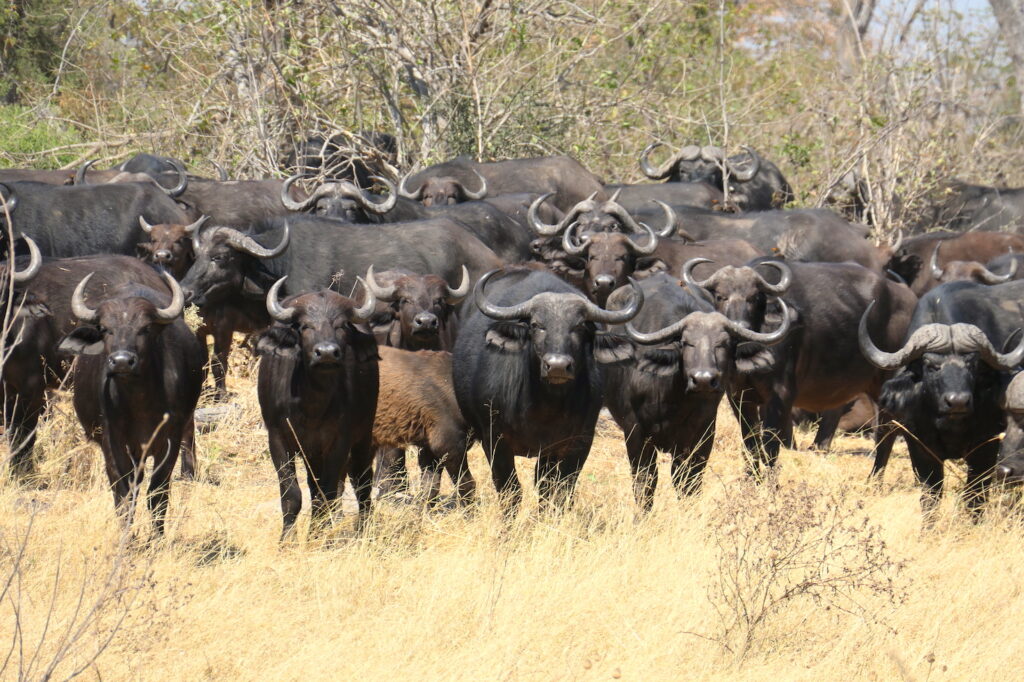
Buffalos are often the most forgotten of Africa’s Big 5. But they make it onto the list because they are formidable creatures that can use their horns to protect and attack as needed. In fact, these big guys have killed more hunters in Africa than any other animals. They are nicknamed “Black Death” and “Widow Maker.”
Get to know five fascinating facts about Buffalo.
- Buffalo are wild cattle, the only species in Africa. They have never been domesticated because they are too aggressive.
- Termite mounds have much-needed minerals that Buffalos will lick to get the nutrients they typically lack.
- There are just under a million buffalo in Africa, and they are not considered endangered.
- Buffalos drink a lot, as much as 40L of water a day. So, you’ll often find buffalo herds gathered around watering holes.
- If one female buffalo is attacked, the entire herd will defend the lone individual and go after the predator, often killing them.
Lions
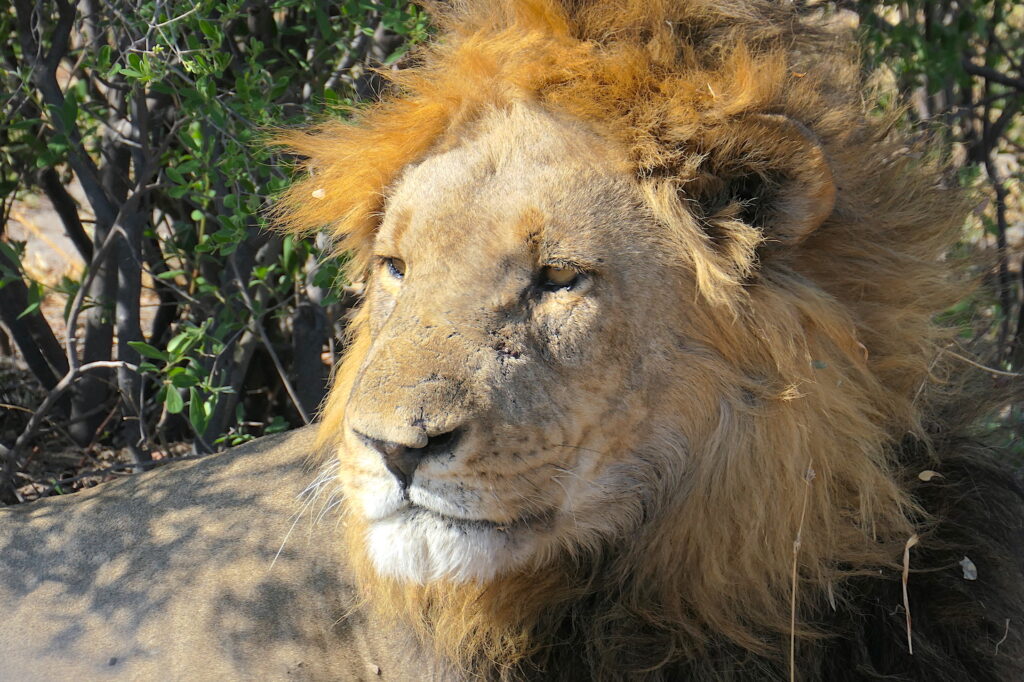
Lions are the king of Africa. They are an apex predator and the second largest cat in the world. You’ll find them roaming the savannahs and grasslands in open plains around Africa. Unfortunately, these gorgeous beasts are listed as Vulnerable on the endangered species list, and there are only about 20,000 African lions left in the wild.
Five fascinating facts about lions.
- Lions are incredibly social—the most social felines on the planet. They live in prides, and share strong bonds. The females, in particular, will raise each other’s cubs.
- A lion’s roar can be heard up to 8 km away. They use their roars to communicate with each other—declare territory, ward off rivals, call for backup, and call their cubs.
- Female lions do the hunting, but males eat first, even when there are hungry cubs.
- Lions sleep up to 20 hours a day and prefer to spend their nights hunting while sleeping during the hottest part of the day.
- To greet each other, lions will rub their heads against each other to share scents. This can convey their intentions, mood, or recent activities.
Leopards
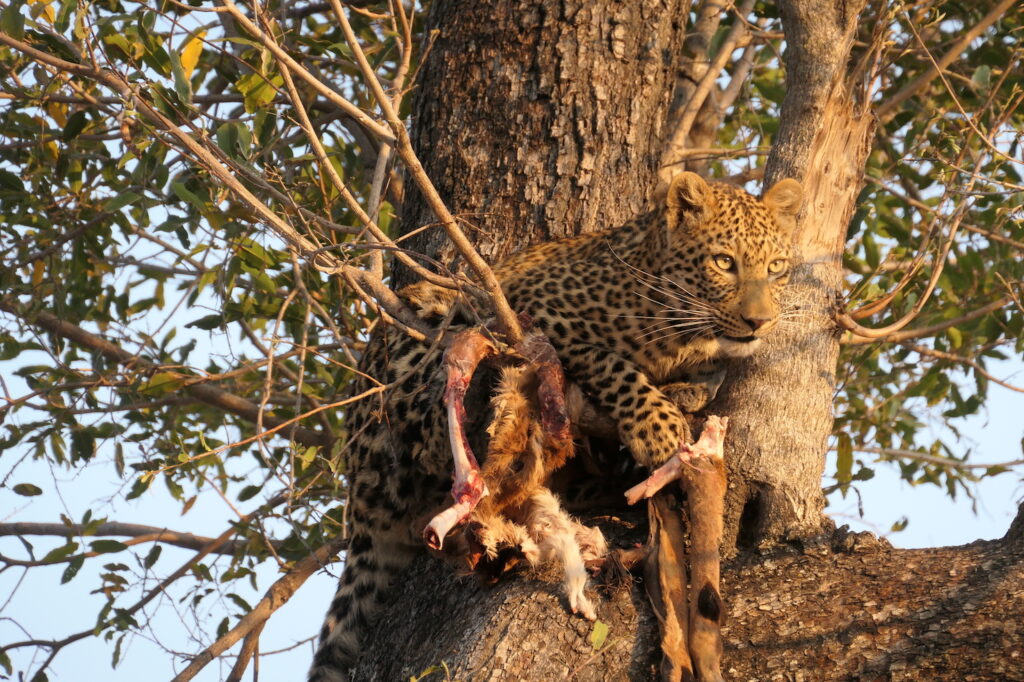
Leopards are the best climbers of all big cats. They are also the most elusive, being nocturnal predators with exceptional night vision and incredible grace. Amazingly adaptable, leopards can be found in a diverse array of habitats from deserts to forests. You’ll find them in India, China, Central Asia, and Africa.
Get to know the last of Africa’s Big 5 with five facts about leopards.
- Leopards don’t roar. They bark, snarl, and purr.
- Excellent climbers, leopards drag their prey into trees to keep it safe from other predators. They can carry up to three times their own body weight as much as 6 meters up.
- Leopards are opportunistic hunters. They will eat anything from insects to rodents, reptiles, birds, and mammals as large as giraffes.
- A leopard’s spots are called rosettes. They resemble roses and provide great camouflage in the shade of trees.
- When it comes to water, leopards are powerful swimmers. They’ll sometimes hunt crab and fish for food.
Be sure to check out our other post detailing the “Animals of Botswana.” Last week, we covered antelopes.

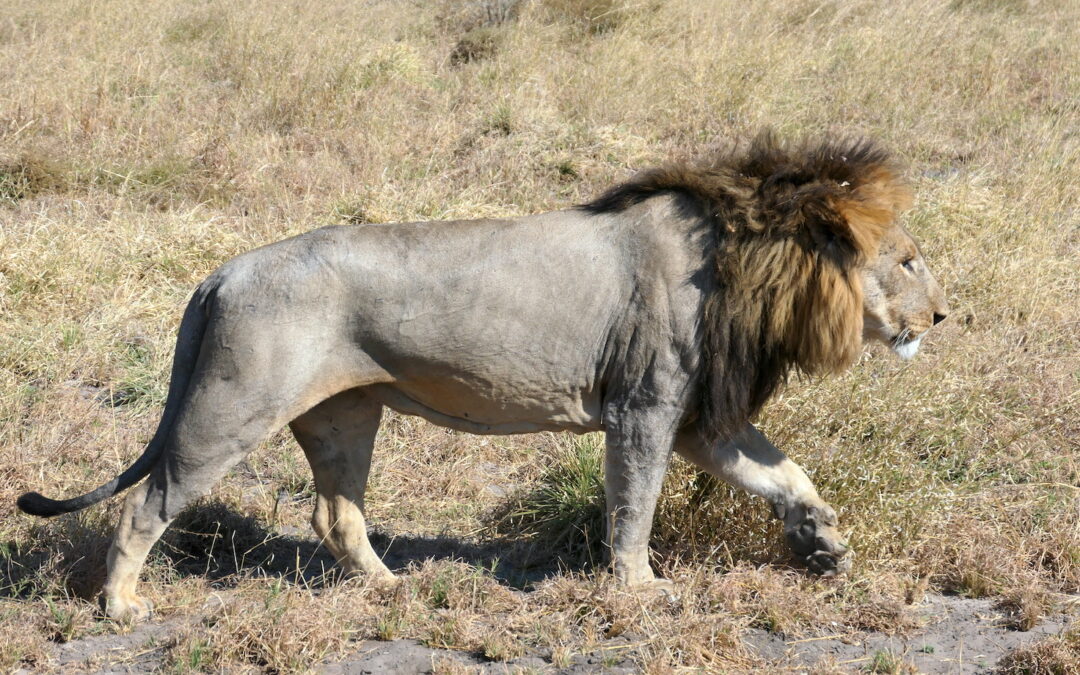
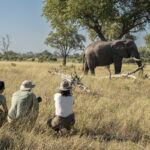
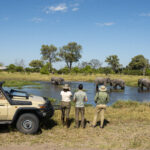



If lions are the second largest big cats in the world then who are the largest?
Tigers are actually the largest cat in the world. They can reach up to 3.8 meters (12.5 feet) in length (including the tail) and up to 295 kilograms (650 pounds).